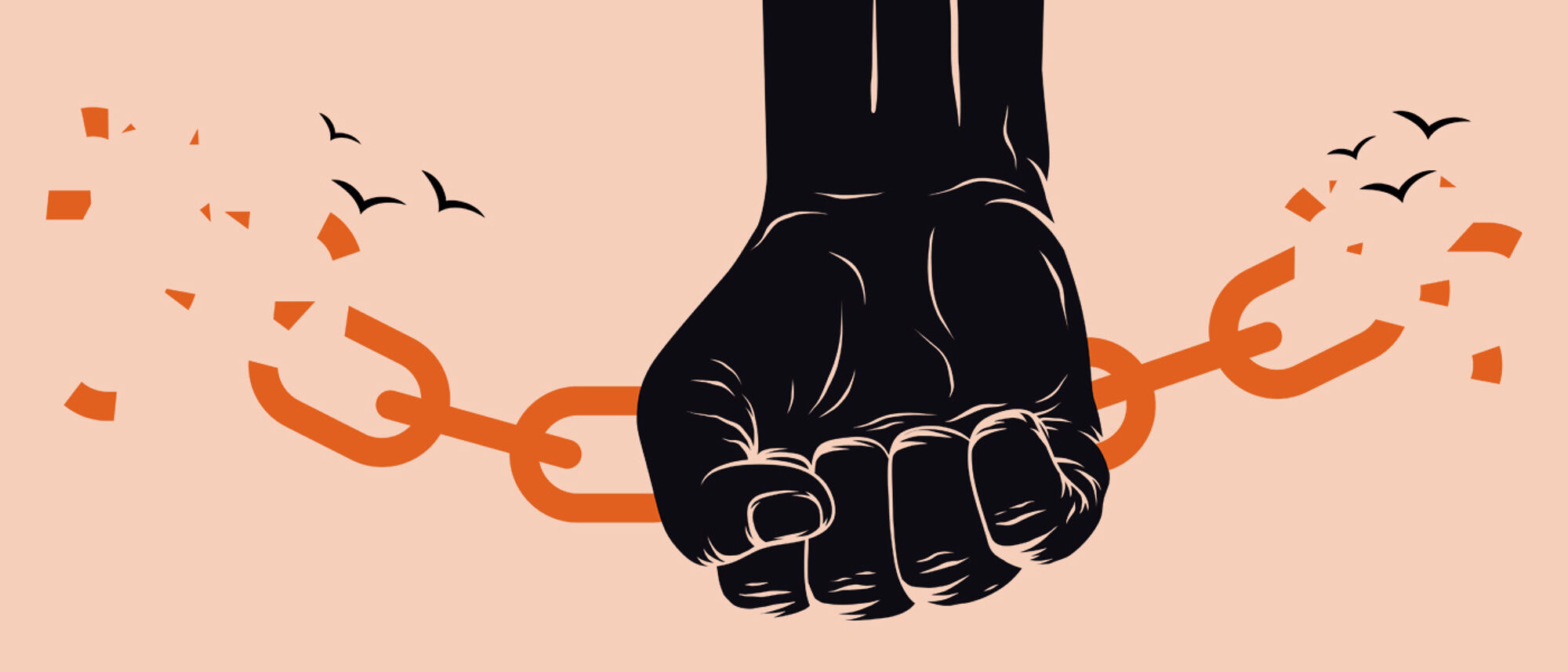
Their story is our story
By Jennifer Baird
We may only know their first name, or a tiny part of their story. Most of them have completely disappeared from history after fleeing their white masters. But thanks to award-winning research by our School of Humanities, a little-known group of people who arrived in the UK in the 1700s as someone else’s property has been brought to life: runaway slaves.
This year, many in the University have added their names in support of the Black Lives Matter movement, from students and staff to our new Chancellor, Dame Katherine Grainger. But speaking out and highlighting inequality has long been a feature of our history at UofG and was exemplified in 2018 with the launch of a major resource, Runaway Slaves in Britain.
The result of three years of research, Runaway Slaves catalogues around 800 Scottish and English newspaper advertisements printed between 1700 and 1780 which appeal for the return of slaves who had absconded from their owners.
Many people have thought and been taught that slavery was something that happened in the colonies, and that Britain led the way in abolition. But our research shows that slavery was every bit as real here in Britain.
Professor Simon Newman
It’s impossible to be precise about numbers, but many thousands of slaves were brought to the UK in the 1700s by merchants and plantation owners, and in an era when the buying and selling of humans was routine practice, it was normal for those who escaped their captivity to be considered as property; and a reward offered for their return.
The advertisements offer rich but often disturbing detail and describe the slaves’ appearance, clothing and mannerisms, information the owners hoped would lead to their recapture. Some mention scars or brandings the slaves have suffered, and grim accessories such as metal collars engraved with their owners’ details.
The hope of the researchers involved is that the snippets will give an identity to those individuals who bravely challenged their enslaved status. “We hardly ever know anything other than what is included in the advertisement itself,” says Professor of History and Project Lead, Professor Simon Newman. “A successful escape meant disappearing from the record. These advertisements are important because they remind us that there was a time when slavery in Britain was routine and unremarkable.”
As the largest collection of information we have about enslaved people in 18th-century Britain, Runaway Slaves has helped to chronicle these individuals who had no voice of their own, and has deepened understanding into our links with slavery.
This article was first published September 2020.
A worldwide impact
Runaway Slaves has made a global impact, inspiring films, plays, educational resources and a version of the popular Minecraft computer game, all helping to tell the stories of what might have become of the escaped slaves. A graphic novel, Freedom Bound, has been distributed to every secondary school in Scotland to help pupils learn about the country’s connections to the slave trade.








